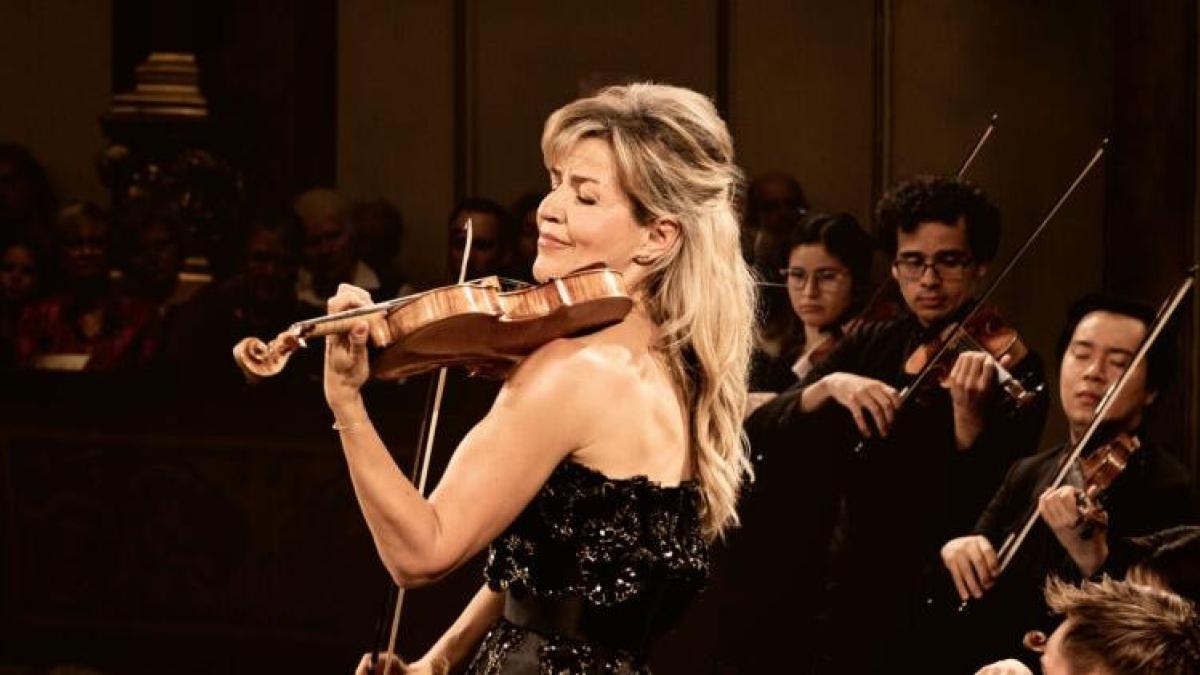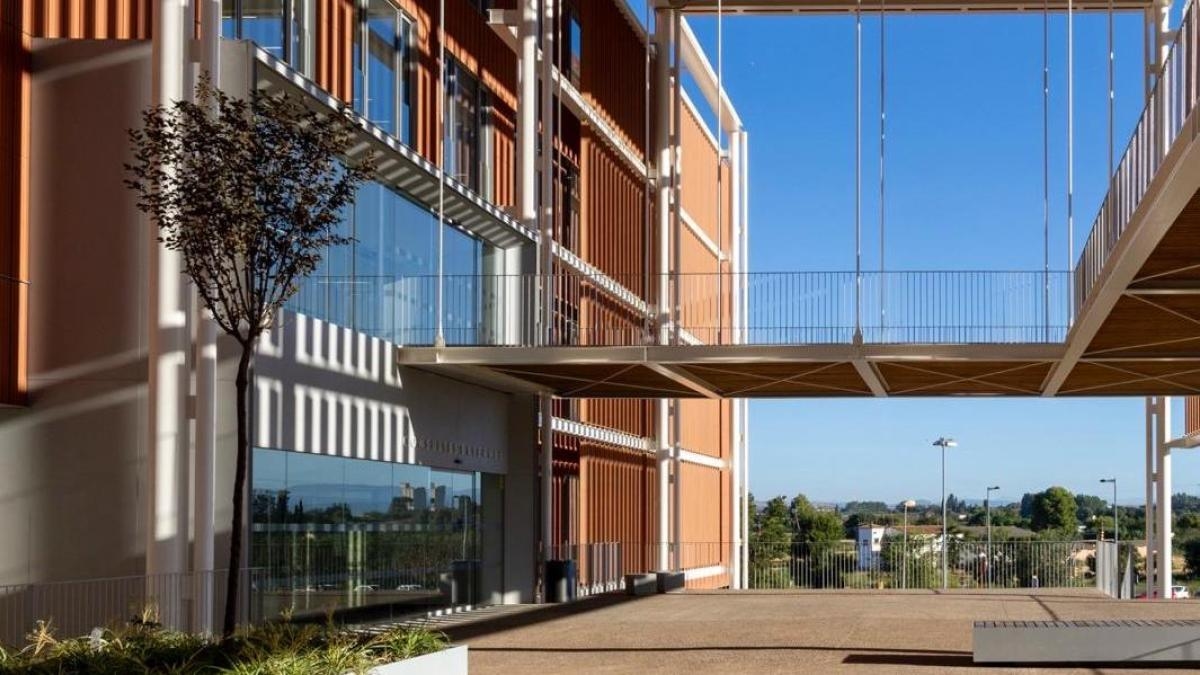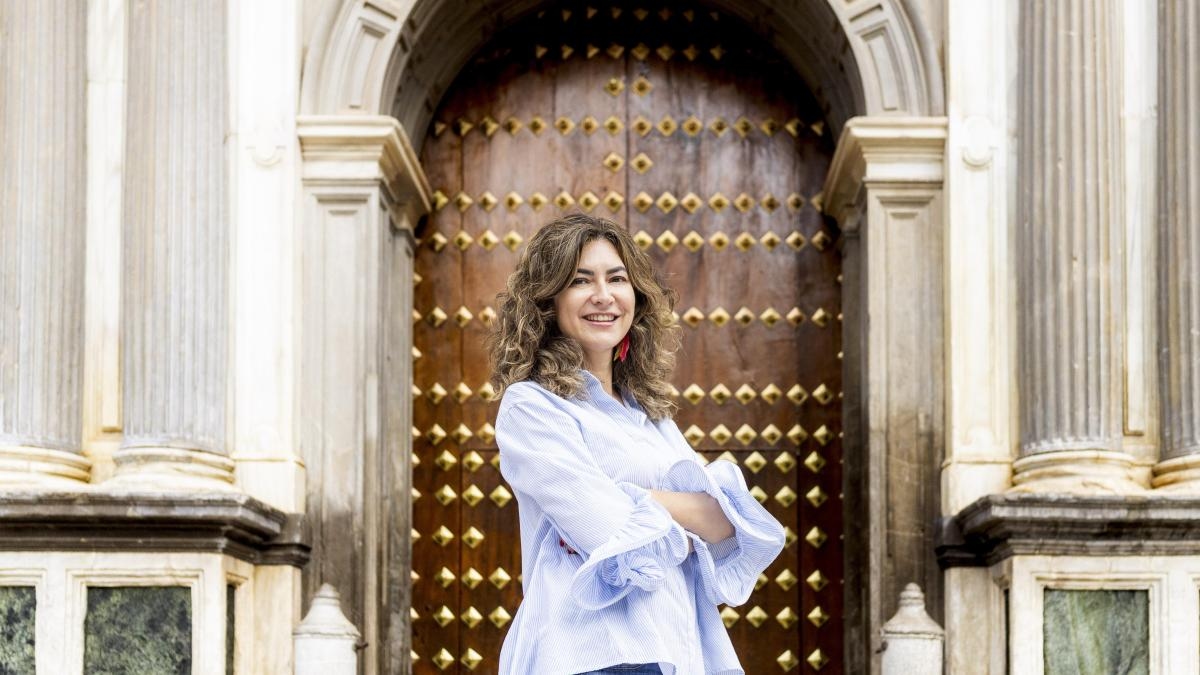The thoroughbred horse business in the Civil War exile

In 1939, the French Ministry of the Interior was overwhelmed. More than 400,000 Republican exiles had crossed the border fleeing Franco's army in the aftermath of the Spanish Civil War, but also horses. And not just any horses, but some of the leading champions of horse racing in Spain in the 1930s. The search to reunite them and document their new owners became a priority for the French administration, according to the documentation that La Vanguardia has located in the Departmental Archives of Aude, in Carcassonne.
In mid-July 1939, the Prime Minister and Minister of National Defense and War, the radical socialist Édouard Daladier, sent a "secret" circular to the prefects of the French departments. He demanded an immediate count of the thoroughbred horses that had entered France during the evacuation of Catalonia and ordered the commanders of the military regions to search for them within their territorial command.
Some specimens returned to the racetracks, but others were recycled as support for the army.According to the Sûreté Nationale's general directorate, the horses were either in the hands of civilians or in the ranks of the French army, or in the hands of French officers who had purchased them privately. It was necessary to know the circumstances under which the animals had arrived, the purchase price, and whether they had been purchased from individuals or from the customs administration. It was also necessary to know the costs incurred for their maintenance.
The new owners were to be informed, "very politely," that they might be asked to keep these animals ready for transport to a troop body or riding establishment, with the aim of being returned with compensation, as soon as a diplomatic agreement on this matter was established.
The investigations concluded that at least twenty horses that regularly participated in equestrian competitions had crossed the border under various circumstances. Half a dozen were well-known. The horse Efluxio was a regular winner in show jumping competitions. With his rider, Cavalry Lieutenant Josep M. Ciga of the Spanish Army, he had finished second at the end of June 1931 in a competition for members of the Polo Jockey Club held at the Can Ràbia grounds in Sarrià, Barcelona.
Read also Twelve warnings of Nazism for today Fèlix Badia
In May of the following year, he earned a thousand pesetas for winning the Valencia Cup, which consisted of clearing 18 obstacles, which he achieved without a single fault. In this competition, another of the listed horses, Trampolín, ridden that day by Lluís Abellán, riding instructor at the Valencian Equestrian Society, received the 700-peseta second prize. Both defeated a field of seventy horses.
A month later, Efluxio competed at the Castellana racetrack in Madrid in the steeplechase races for the Provincial Council Cup and the Spanish Cavalry Cup, where he placed among the top ten. Here he met another of the exiled horses, Odalisca, from the Boecillo riding school in Valladolid, who earned 2,500 pesetas for winning the 2,800-meter race. Shortly after, in July 1932, in steeplechase competitions in Burgos, Trampolín, ridden by Cavalry Lieutenant Gonzalo Peche, placed second, and Efluxio third.
This last horse was a regular on the podium until the outbreak of the Civil War. In June 1934, at the National Equestrian Competition held in Zaragoza, he placed third in the honor test. With Lieutenant Ciga, he also participated in races in Catalonia. For example, in Puigcerdà that August, he placed third behind Trampolín, this time ridden by Enric Marsans. Another Listed horse, Bambino, placed tenth. And, still in the same month, Trampolín and Marsans won the first equestrian competition held on S'Agaró beach in the competition between military and civilian riders. On a "very well-maintained track that earned praise from everyone," according to La Veu de Catalunya .

The Trampoline Horse
LE SPORT UNIVERSEL ILLUSTRÉThat December of 1934, amidst the aftermath of the Fets d'Octubre (October Festival) and with the government of Lluís Companys in prison, "well-known horses" like Trampolín participated in a show jumping competition at the Polo Jockey Club, co-organized with the Penya Hípica (Horse Riding Club). Others included Petit-Matelot, "a beautiful Anglo-Arab horse" ridden by Vicente de la Cruz and owned by the "enthusiastic amateur" Mr. Parellada. The horse finished second in one of the events and, according to the magazine Esplai , attracted a lot of public attention. Also participating was El Bol d'Or, ridden by Marsans.
During the war, competitions were discontinued and the role played by these horses is unknown, but after the withdrawal, Petit-Matelot and another light bay horse were purchased by Lieutenant Guitton of the French Mobile Guard at Argelers and from there sent to Bar-le-Duc, near Nancy. Efluxio was purchased by a certain Peix, a resident of the château Valmy, near Argelers.
One of Trampolín's riders, cavalry lieutenant Gonzalo Peche, died in March 1937 during the war, apparently in the ranks of the rebel army. The horse's fate was better. It continued racing in France after being acquired by Pierre Jonquères d'Oriola (1920-2011). The Roussillon native would soon become one of the great names in equestrianism. Olympic champion in Helsinki (1952), Tokyo (1964), and Mexico (1968), as well as world champion in Buenos Aires (1966). Jonquères would even enter politics to defend positions of the French far right. In 1939, the French government was aware that he had acquired another light bay horse. The jockey was willing to return the horses if requested.
Another, Chusco, who belonged to the Francoist Manuel Pérez-Seoane, Duke of Pinohermoso, was acquired from Lieutenant Mairesse-Lebrun in Aurenja, near Avignon. A certain Gros acquired a dark bay horse from the Spanish Military Riding School. He owned a property near Elna, in Cornellà del Bèrcol, the birthplace of Pierre Jonquères. The famous rider is also linked to another purchase. A friend of his, René Ricart, acquired a branded bay horse in Seta.
The final destination of the twenty exported horses is still unknown.
But the Sûrété located even more, many belonging to the Spanish international team, such as Le Cabanon, owned by rider Lieutenant Torres, Bambino, Heure d'Eté, Bol d'Or, Batatin, Hormiguero, and Jeremin. Also worth mentioning is Revistada, owned by Captain López Turrión, who had participated in several international competitions. However, one mare was euthanized as soon as she crossed the border because she was sick. Another horse was loaned to a farmer, who entrusted it to a landowner in the Aude region, a certain Bertrand. Other horses, of unknown number and less well-known, ended up in the colonial spahi regiments, the French army's light cavalry troops recruited in Africa, based in Aurenja and Vienne.
Neither the documentation found nor the press reports allow us to determine how much money was transferred in all these transactions, nor the final destination of the twenty horses mentioned. A more extensive investigation could determine whether some were returned to their owners, but this newspaper's investigation shows that there was a business dealing with animals and that they also suffer from war, although this is barely remembered in films like Steven Spielberg's War Horse (2011) or in the sculptures of the Animals in War Memorial on London's Park Lane.
lavanguardia




